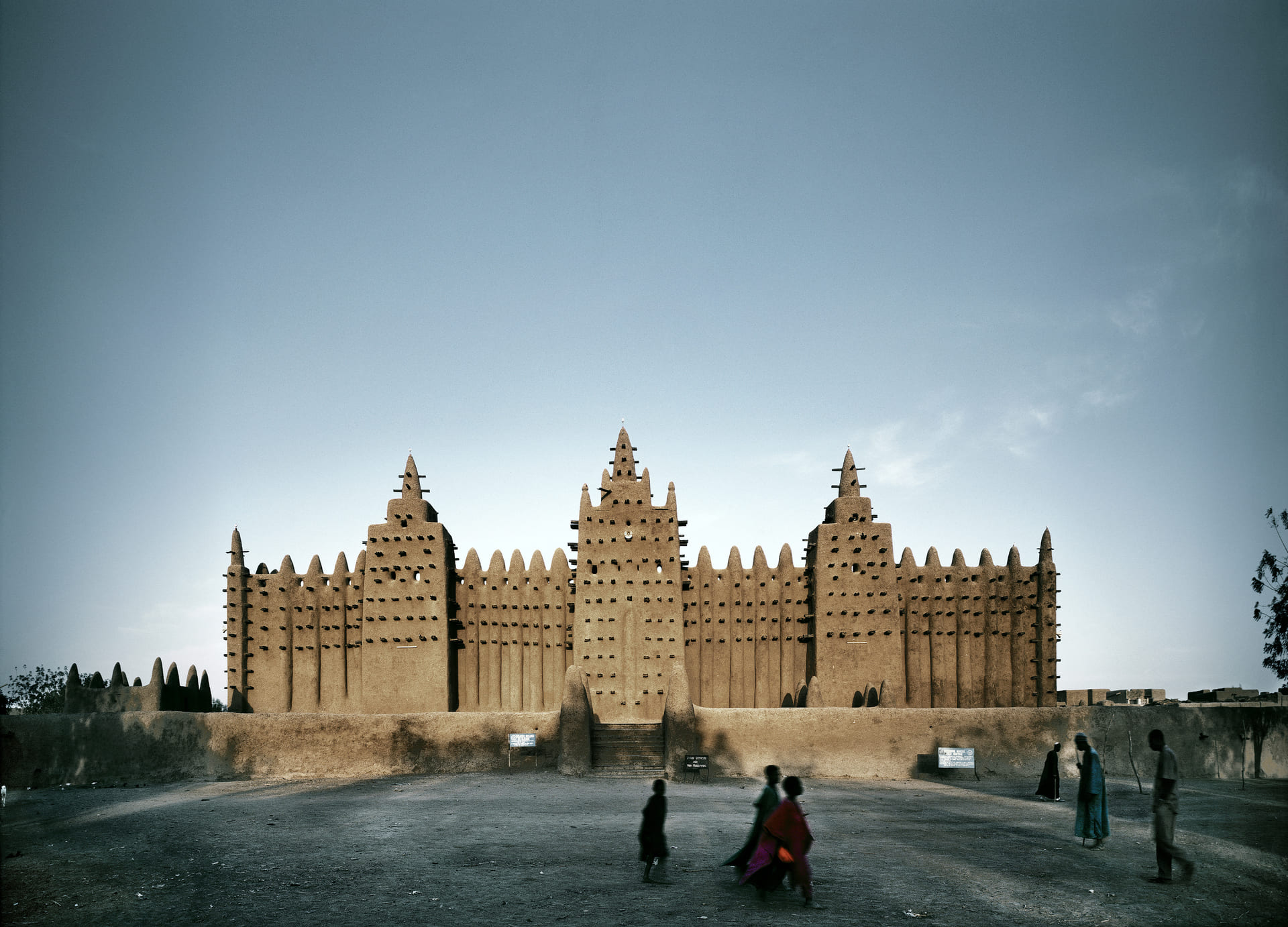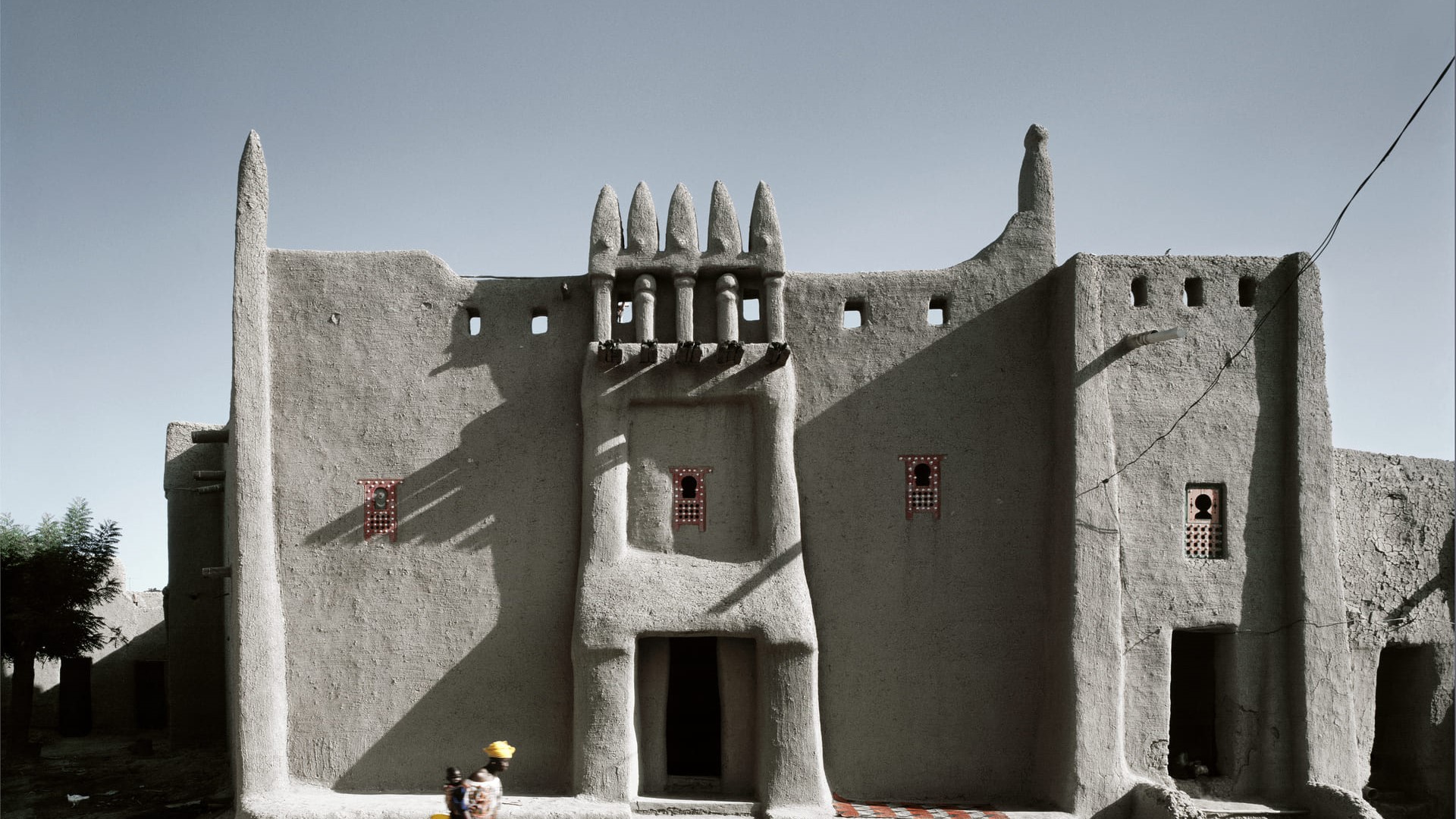Macro and microeconomics potential of urban settlements
Major cities worldwide are expanding as people migrate from rural areas seeking economic opportunities, escaping climate impacts, conflict and uncertainty. As this long-term trend of global movement endures, it is clear that principles of sustainable development must be implemented.

Enabling a sustainable quality of life
Creating sustainable urban settlements at all scales – both macro and micro – must be balanced. From large cities to smaller settlements, planning for growing populations must be undertaken prudently. This process should be led by an understanding of the economic function and rationale of new or expanding places: how residents will be adequately and affordably housed, but also how they will work and generate incomes capable of enabling a sustainable and acceptable quality of life.


In all regions of the world, there is an ongoing challenge to balance physical expansion: to densify existing urban systems while anticipating how future places can acquire or retain commercial and competitive strengths. The planning, use and funding of infrastructure has been critical to moving populations around urban areas quickly, sustainably and comfortably – and therefore driving resilient growth.
Micro level: sustainable growth of built environments
At the micro level, many approaches exist that could promote sustainable growth of built environments. These include the use of natural or waste materials in construction for small-scale buildings and industrial processes alike, and the acquisition of skills and local capabilities using vernacular construction methods to create local resilience. This involves creating new dwellings with sustainable materials, as well as creating new businesses and local supply chains that feed larger-scale production and construction processes.
Resistance to macro challenges to ensure a sustainable future
Sustainable development is also driven by personal capability. It is fundamentally important that individual citizens and local communities maintain their ability to create a built environment that suits their needs, utilises sustainable materials, is easily rebuilt in the face of climactic shocks and conflict, and creates skills and an entrepreneurial base that evolves and is resistant to macroeconomic upsets. Balancing the macro challenges of managing urban change with the micro elements of community and enterprise, is a necessity for our sustainable future.
Technology and digital infrastructure accessible for all
Looking to a post-2030 context, we have learned from the COVID-19 pandemic that economies can change course quickly in response to shocks, but at different speeds, depending on their social, organisational and governance characteristics. Technology and digital infrastructure have enabled a wide range of industry sectors to continue operating as the pandemic took hold.
Societies must, however, take full account of the profound socio-economic consequences of these shocks where the power of technology is not so readily available to certain communities, or able to sustain all jobs and services in the same way. Furthermore, our ability to build-in physical, economic and social resilience for urban areas must also balance the need for job-generating economic growth in places with rapidly growing populations, alongside the critical need to move all urban economies onto effective net zero emissions pathways.
Indeed, moving all settlements towards a zero-carbon goal should of itself create an abundance of new economic opportunities in green technologies and associated services, if only we can ensure fair access and transition for all citizens into these opportunities.
Industrial sectors
- Manufacturing
- Electricity, gas, steam and air conditioning supply
- Water supply; sewerage, waste management and remediation activities
- Construction
- Transportation and storage
- Information and communication
- Financial and insurance activities
- Real estate activities
- Public administration and defence; compulsory social security
- Education
- Human health and social work activities
- Arts, entertainment and recreation
Habitat at the New European Bauhaus Festival and the STI Forum
This story is part of “Habitat: Embracing change in the post-2030 future”. Habitat was discussed at the side event “New habitats for the post-2030 future” during the New European Bauhaus Festival on 10 June 2022. At the STI Forum of 2023, a science policy brief recommendation on Habitat was published under the category “science-policy-society interface”: Enablers for transformative change to sustain people and nature-centred world. Download recommendation >
Contribution to story
- This is “HABITAT: Embracing Change in the Post 2030 Future” Exhibition designed and curated by Dr Sandra Piesik, 3 ideas B.V in collaboration with HABITAT Coalition and VITO
- Copy editing by Katleen Vandormael, Communication Manager G-STIC, VITO
- Cover image: The Friday Mosque, Djenne, built around 1906, is the largest surviving mud building in the world © James Morris, courtesy Thames & Hudson – HABITAT book page 219
- “HABITAT: Vernacular Architecture for a Changing Planet” published by Thames & Hudson
- “HABITAT: Vernacular Architecture for a Changing Planet” published by Abrams
- “Habitat: Traditionelle Bauweisen für den globalen Wandel” published by DETAIL Special
- “Habiter la planète: Atlas mondial de l'architecture vernaculaire” published by Flammarion First Prize Winner at “J’aime le livre d’art”, Paris 2017
- “HABITAT: Arquitectura vernácula para un planeta cambiante” published by Blume
- “HABITAT: Vernacular Architecture for a Changing Climate’ published by Thames & Hudson UK, USA, and Shufuhsa
